Fundamentals of
Multiphase Flows
Christopher E. Brennen
California Institute of Technology
Pasadena, California
Cambridge University Press 2005
ISBN 0521 848040
1
�
Preface
The subject of multiphase flows encompasses a vast field, a host of different
technological contexts, a wide spectrum of different scales, a broad range of
engineering disciplines and a multitude of different analytical approaches.
Not surprisingly, the number of books dealing with the subject is volumi-
nous. For the student or researcher in the field of multiphase flow this broad
spectrum presents a problem for the experimental or analytical methodolo-
gies that might be appropriate for his/her interests can be widely scattered
and difficult to find. The aim of the present text is to try to bring much
of this fundamental understanding together into one book and to present
a unifying approach to the fundamental ideas of multiphase flows. Conse-
quently the book summarizes those fundamental concepts with relevance to
a broad spectrum of multiphase flows. It does not pretend to present a com-
prehensive review of the details of any one multiphase flow or technological
context though reference to books providing such reviews is included where
appropriate. This book is targeted at graduate students and researchers at
the cutting edge of investigations into the fundamental nature of multiphase
flows; it is intended as a reference book for the basic methods used in the
treatment of multiphase flows.
I am deeply grateful to all my many friends and fellow researchers in the
field of multiphase flows whose ideas fill these pages. I am particularly in-
debted to my close colleagues, Allan Acosta, Ted Wu, Rolf Sabersky, Melany
Hunt, Tim Colonius and the late Milton Plesset, all of whom made my pro-
fessional life a real pleasure. This book grew out of many years of teaching
and research at the California Institute of Technology. It was my privilege to
have worked on multiphase flow problems with a group of marvelously tal-
ented students including Hojin Ahn, Robert Bernier, Abhijit Bhattacharyya,
David Braisted, Charles Campbell, Steven Ceccio, Luca d’Agostino, Fab-
rizio d’Auria, Mark Duttweiler, Ronald Franz, Douglas Hart, Steve Hostler,
2
�
Gustavo Joseph, Joseph Katz, Yan Kuhn de Chizelle, Sanjay Kumar, Harri
Kytomaa, Zhenhuan Liu, Beth McKenney, Sheung-Lip Ng, Tanh Nguyen,
Kiam Oey, James Pearce, Garrett Reisman, Y.-C. Wang, Carl Wassgren,
Roberto Zenit Camacho and Steve Hostler. To them I owe a special debt.
Also, to Cecilia Lin who devoted many selfless hours to the preparation of
the illustrations.
A substantial fraction of the introductory material in this book is taken
from my earlier book entitled “Cavitation and Bubble Dynamics” by
Christopher Earls Brennen, c1995 by Oxford University Press, Inc. It is
reproduced here by permission of Oxford University Press, Inc.
The original hardback edition of this book was dedicated to my mother,
Muriel M. Brennen, whose love and encouragement inspired me throughout
my life. The paperback edition is dedicated to another very special woman,
my wife Barbara, who gave me new life and love beyond measure.
Christopher Earls Brennen
California Institute of Technology
December 2008.
3
�
Contents
4
page 2
10
11
19
19
19
20
22
25
27
27
28
30
31
31
35
36
37
41
42
42
46
47
47
48
50
50
51
Preface
Contents
Nomenclature
1
INTRODUCTION TO MULTIPHASE FLOW
1.1
Scope
1.2
1.3
1.4
Fick’s law
Equation of motion
INTRODUCTION
1.1.1
1.1.2 Multiphase flow models
1.1.3 Multiphase flow notation
1.1.4
Size distribution functions
EQUATIONS OF MOTION
1.2.1 Averaging
1.2.2 Conservation of mass
1.2.3 Number continuity equation
1.2.4
1.2.5
1.2.6 Disperse phase momentum equation
1.2.7 Comments on disperse phase interaction
1.2.8
1.2.9 Heat transfer between separated phases
INTERACTION WITH TURBULENCE
1.3.1
1.3.2
COMMENTS ON THE EQUATIONS OF MOTION
1.4.1 Averaging
1.4.2 Averaging contributions to the mean motion
1.4.3 Averaging in pipe flows
1.4.4 Modeling with the combined phase equations
1.4.5 Mass, force and energy interaction terms
Particles and turbulence
Effect on turbulence stability
Equations for conservation of energy
�
2
SINGLE PARTICLE MOTION
2.1
2.2
3 BUBBLE OR DROPLET TRANSLATION
3.3 MARANGONI EFFECTS
3.4
3.5
BJERKNES FORCES
GROWING BUBBLES
4 BUBBLE GROWTH AND COLLAPSE
Equations of motion
Effect of concentration on added mass
INTRODUCTION
DEFORMATION DUE TO TRANSLATION
3.2.1 Dimensional analysis
3.2.2
Bubble shapes and terminal velocities
INTRODUCTION
FLOWS AROUND A SPHERE
2.2.1 At high Reynolds number
2.2.2 At low Reynolds number
2.2.3 Molecular effects
UNSTEADY EFFECTS
2.3.1 Unsteady particle motions
2.3.2
2.3.3 Unsteady potential flow
2.3.4 Unsteady Stokes flow
PARTICLE EQUATION OF MOTION
2.4.1
2.4.2 Magnitude of relative motion
2.4.3
2.4.4
52
52
53
53
56
61
62
62
65
65
69
73
73
78
Effect of concentration on particle equation of motion 80
81
Effect of concentration on particle drag
86
86
86
86
88
91
95
97
100
100
100
100
103
106
109
110
113
113
115
118
118
120
120
INTRODUCTION
BUBBLE GROWTH AND COLLAPSE
4.2.1 Rayleigh-Plesset equation
4.2.2
4.2.3
4.2.4
4.2.5
THERMAL EFFECTS
4.3.1 Thermal effects on growth
4.3.2 Thermally controlled growth
4.3.3 Cavitation and boiling
4.3.4
OSCILLATING BUBBLES
4.4.1
Bubble contents
In the absence of thermal effects; bubble growth
In the absence of thermal effects; bubble collapse
Stability of vapor/gas bubbles
Bubble growth by mass diffusion
Bubble natural frequencies
5
2.3
2.4
3.1
3.2
4.1
4.2
4.3
4.4
�
4.4.2 Nonlinear effects
4.4.3 Rectified mass diffusion
5 CAVITATION
5.1
5.2
5.3
Shape distortion during bubble collapse
INTRODUCTION
KEY FEATURES OF BUBBLE CAVITATION
5.2.1 Cavitation inception
5.2.2 Cavitation bubble collapse
5.2.3
5.2.4 Cavitation damage
CAVITATION BUBBLES
5.3.1 Observations of cavitating bubbles
5.3.2 Cavitation noise
5.3.3 Cavitation luminescence
6 BOILING AND CONDENSATION
6.1
6.2
6.3
6.4
Pool boiling
INTRODUCTION
HORIZONTAL SURFACES
6.2.1
6.2.2 Nucleate boiling
Film boiling
6.2.3
6.2.4
Leidenfrost effect
VERTICAL SURFACES
6.3.1
Film boiling
CONDENSATION
6.4.1
Film condensation
7 FLOW PATTERNS
7.1
7.2
7.3
Flow pattern classifications
Examples of flow regime maps
Slurry flow regimes
INTRODUCTION
TOPOLOGIES OF MULTIPHASE FLOW
7.2.1 Multiphase flow patterns
7.2.2
7.2.3
7.2.4 Vertical pipe flow
7.2.5
LIMITS OF DISPERSE FLOW REGIMES
7.3.1 Disperse phase separation and dispersion
7.3.2
7.3.3
7.3.4
7.3.5 Bubbly or mist flow limits
7.3.6 Other bubbly flow limits
Example: horizontal pipe flow
Particle size and particle fission
Examples of flow-determined bubble size
6
124
126
128
128
128
128
131
133
136
139
139
142
149
150
150
151
151
153
154
155
157
158
160
160
163
163
163
163
165
168
169
173
174
174
176
178
179
181
182
�
7.4
7.5
7.3.7 Other particle size effects
INHOMOGENEITY INSTABILITY
Stability of disperse mixtures
7.4.1
7.4.2
Inhomogeneity instability in vertical flows
LIMITS ON SEPARATED FLOW
7.5.1 Kelvin-Helmoltz instability
Stratified flow instability
7.5.2
7.5.3 Annular flow instability
8
INTERNAL FLOW ENERGY CONVERSION
8.1
8.2
INTRODUCTION
FRICTIONAL LOSS IN DISPERSE FLOW
8.2.1 Horizontal Flow
8.2.2 Homogeneous flow friction
8.2.3 Heterogeneous flow friction
8.2.4 Vertical flow
FRICTIONAL LOSS IN SEPARATED FLOW
8.3.1 Two component flow
8.3.2
ENERGY CONVERSION IN PUMPS AND TURBINES
8.4.1 Multiphase flows in pumps
Flow with phase change
8.3
8.4
9 HOMOGENEOUS FLOWS
9.1
9.2
9.3
9.4
9.5
Basic analysis
Sonic speeds at higher frequencies
Sonic speed with change of phase
INTRODUCTION
EQUATIONS OF HOMOGENEOUS FLOW
SONIC SPEED
9.3.1
9.3.2
9.3.3
BAROTROPIC RELATIONS
NOZZLE FLOWS
9.5.1 One dimensional analysis
9.5.2 Vapor/liquid nozzle flow
9.5.3 Condensation shocks
10 FLOWS WITH BUBBLE DYNAMICS
INTRODUCTION
10.1
10.2 BASIC EQUATIONS
10.3 ACOUSTICS OF BUBBLY MIXTURES
10.3.1 Analysis
10.3.2 Comparison with experiments
SHOCK WAVES IN BUBBLY FLOWS
10.4
7
183
184
184
187
191
192
194
194
196
196
196
196
199
201
203
205
205
211
215
215
220
220
220
221
221
225
227
231
233
233
238
242
246
246
247
248
248
250
253
�
10.4.1 Normal shock wave analysis
10.4.2 Shock wave structure
10.4.3 Oblique shock waves
10.5 FINITE BUBBLE CLOUDS
10.5.1 Natural modes of a spherical cloud of bubbles
10.5.2 Response of a spherical bubble cloud
11 FLOWS WITH GAS DYNAMICS
INTRODUCTION
11.1
11.2 EQUATIONS FOR A DUSTY GAS
11.2.1 Basic equations
11.2.2 Homogeneous flow with gas dynamics
11.2.3 Velocity and temperature relaxation
11.3 NORMAL SHOCK WAVE
11.4 ACOUSTIC DAMPING
11.5 LINEAR PERTURBATION ANALYSES
11.5.1 Stability of laminar flow
11.5.2 Flow over a wavy wall
SMALL SLIP PERTURBATION
11.6
12 SPRAYS
INTRODUCTION
12.1
12.2 TYPES OF SPRAY FORMATION
12.3 OCEAN SPRAY
12.4
SPRAY FORMATION
12.4.1 Spray formation by bubbling
12.4.2 Spray formation by wind shear
12.4.3 Spray formation by initially laminar jets
12.4.4 Spray formation by turbulent jets
SINGLE DROPLET MECHANICS
12.5.1 Single droplet evaporation
12.5.2 Single droplet combustion
SPRAY COMBUSTION
12.5
12.6
13 GRANULAR FLOWS
INTRODUCTION
13.1
13.2 PARTICLE INTERACTION MODELS
13.2.1 Computer simulations
13.3 FLOW REGIMES
13.3.1 Dimensional Analysis
13.3.2 Flow regime rheologies
13.3.3 Flow regime boundaries
8
253
256
259
259
259
264
267
267
268
268
269
271
272
275
279
279
280
282
285
285
285
286
288
288
289
292
293
299
299
301
305
308
308
309
311
312
312
313
316
�
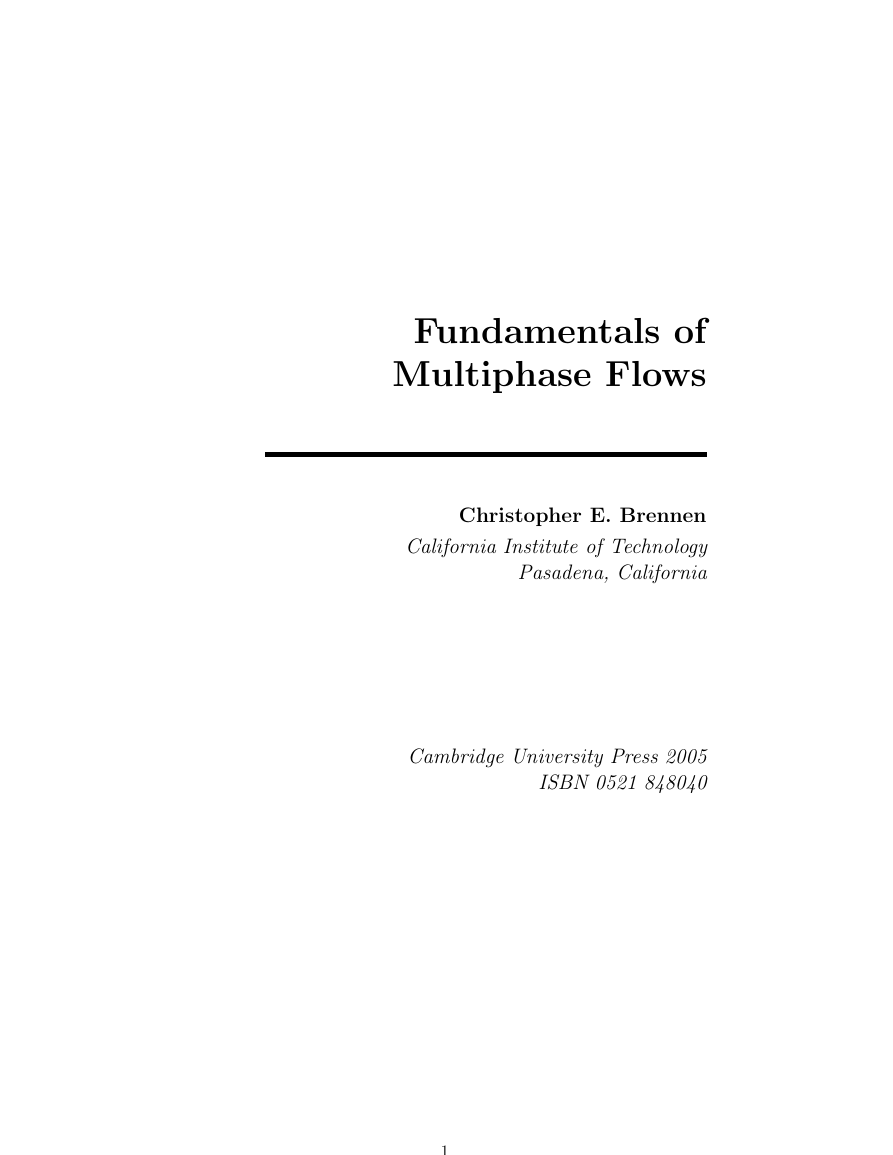
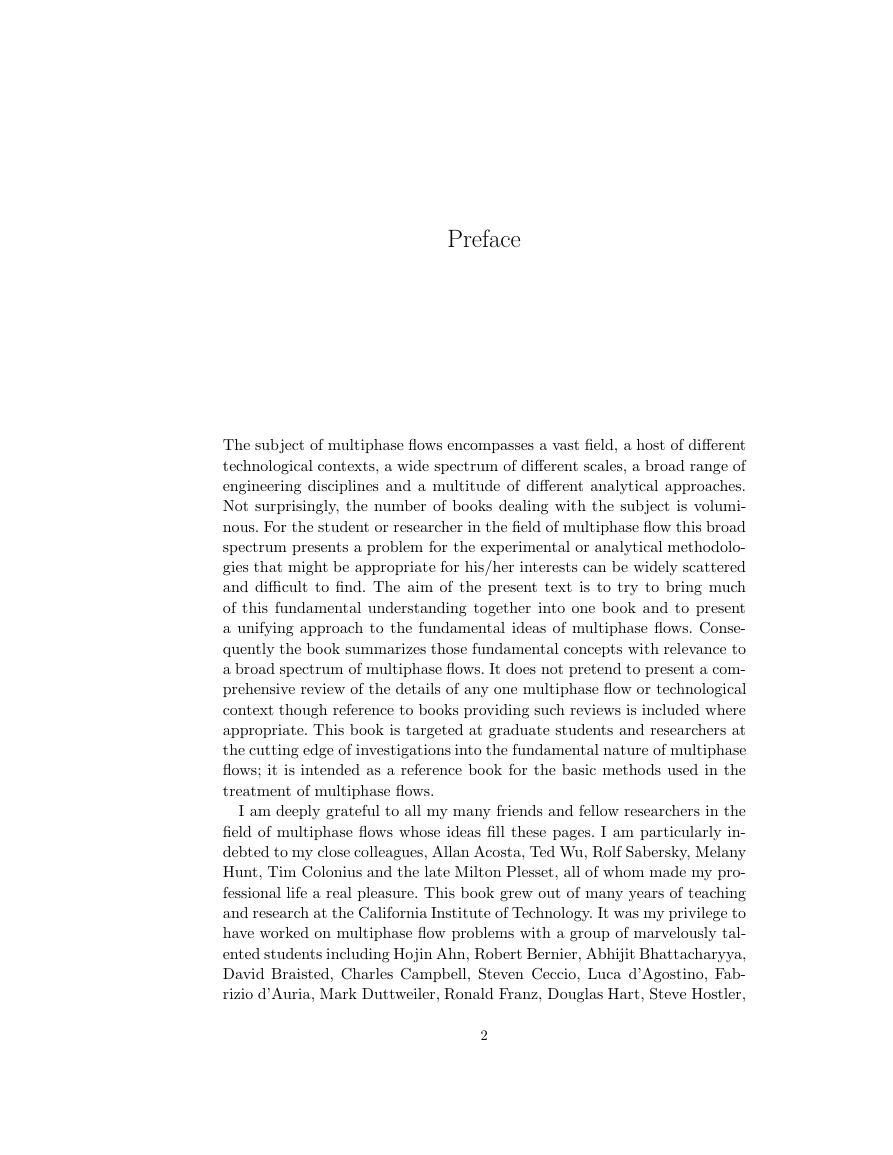
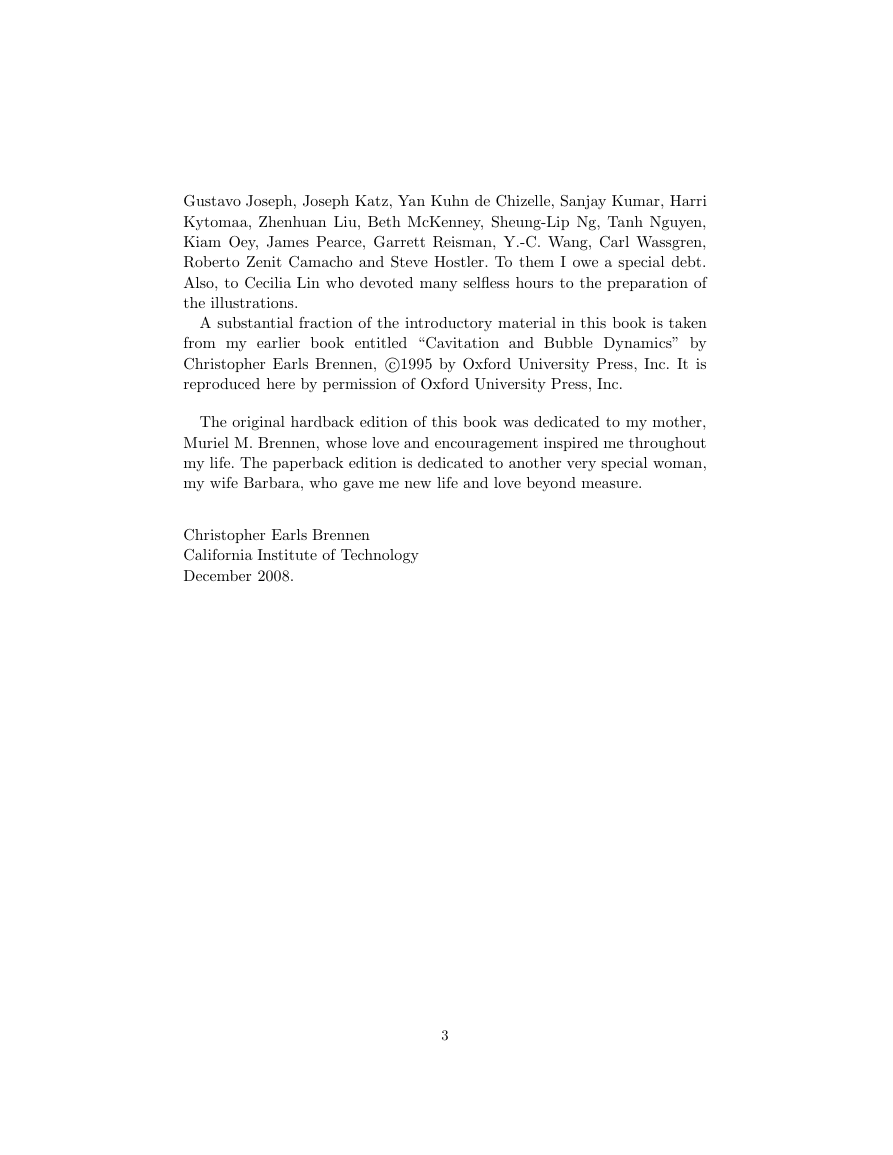
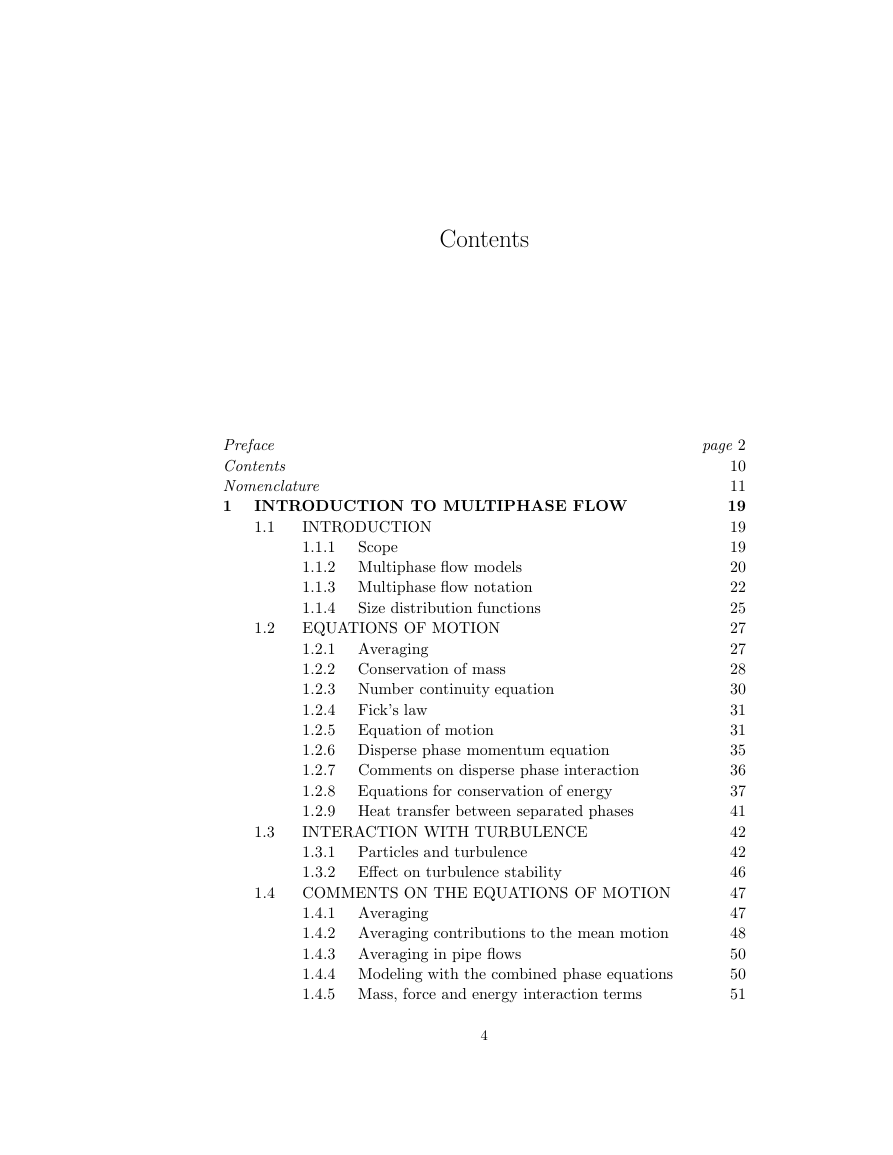
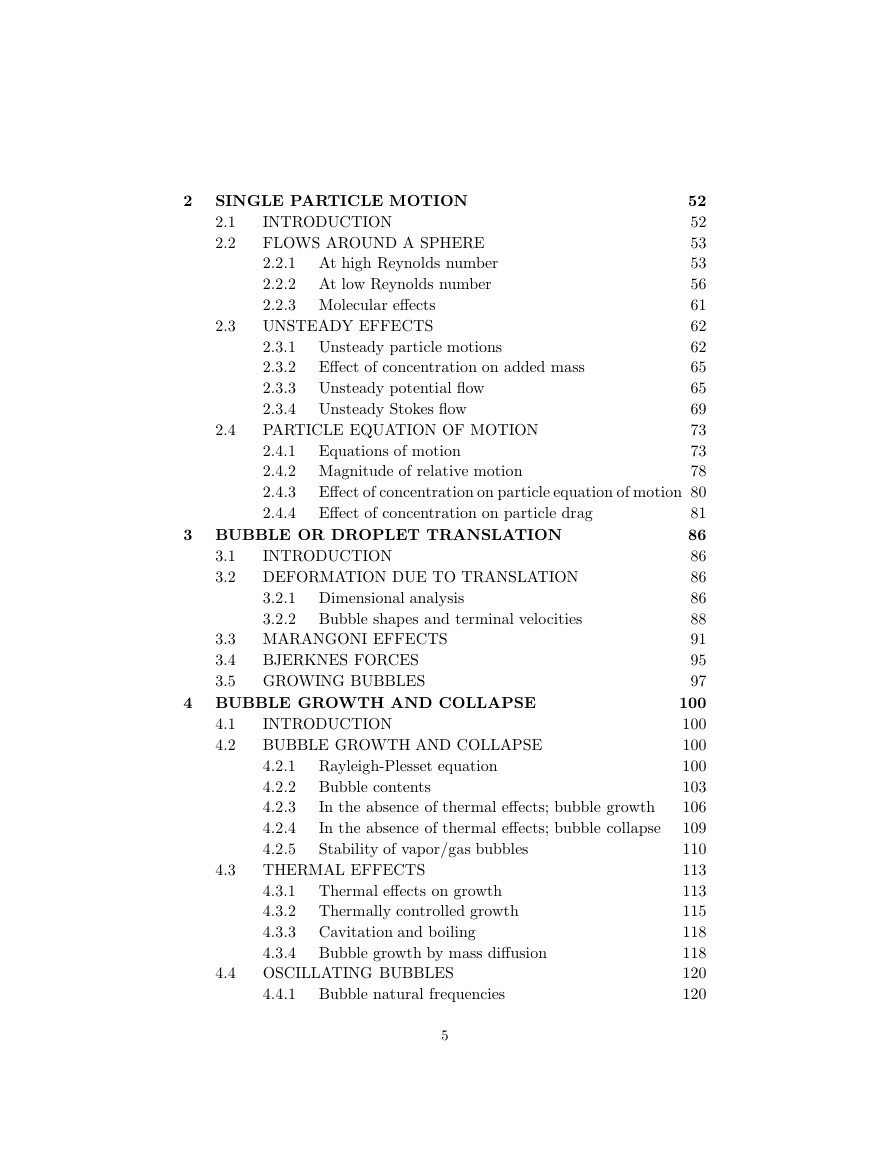

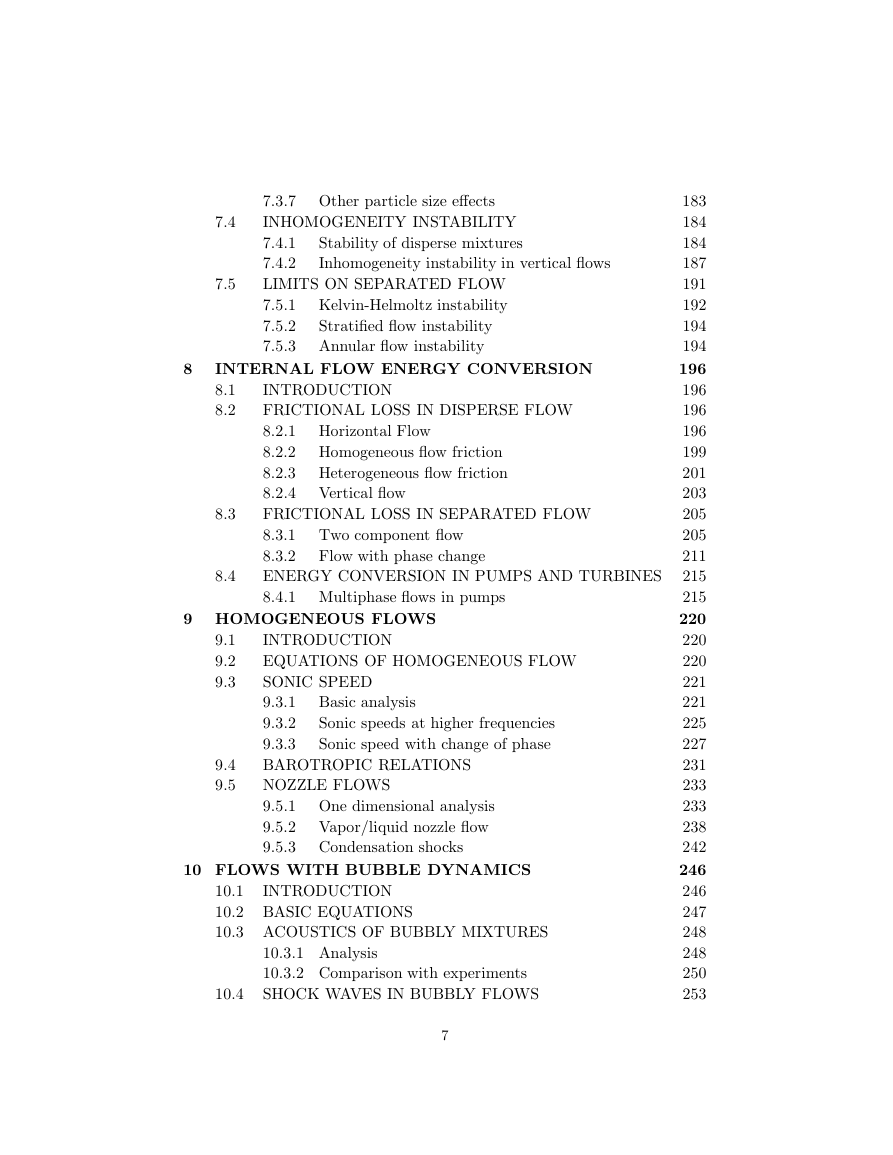









 2023年江西萍乡中考道德与法治真题及答案.doc
2023年江西萍乡中考道德与法治真题及答案.doc 2012年重庆南川中考生物真题及答案.doc
2012年重庆南川中考生物真题及答案.doc 2013年江西师范大学地理学综合及文艺理论基础考研真题.doc
2013年江西师范大学地理学综合及文艺理论基础考研真题.doc 2020年四川甘孜小升初语文真题及答案I卷.doc
2020年四川甘孜小升初语文真题及答案I卷.doc 2020年注册岩土工程师专业基础考试真题及答案.doc
2020年注册岩土工程师专业基础考试真题及答案.doc 2023-2024学年福建省厦门市九年级上学期数学月考试题及答案.doc
2023-2024学年福建省厦门市九年级上学期数学月考试题及答案.doc 2021-2022学年辽宁省沈阳市大东区九年级上学期语文期末试题及答案.doc
2021-2022学年辽宁省沈阳市大东区九年级上学期语文期末试题及答案.doc 2022-2023学年北京东城区初三第一学期物理期末试卷及答案.doc
2022-2023学年北京东城区初三第一学期物理期末试卷及答案.doc 2018上半年江西教师资格初中地理学科知识与教学能力真题及答案.doc
2018上半年江西教师资格初中地理学科知识与教学能力真题及答案.doc 2012年河北国家公务员申论考试真题及答案-省级.doc
2012年河北国家公务员申论考试真题及答案-省级.doc 2020-2021学年江苏省扬州市江都区邵樊片九年级上学期数学第一次质量检测试题及答案.doc
2020-2021学年江苏省扬州市江都区邵樊片九年级上学期数学第一次质量检测试题及答案.doc 2022下半年黑龙江教师资格证中学综合素质真题及答案.doc
2022下半年黑龙江教师资格证中学综合素质真题及答案.doc